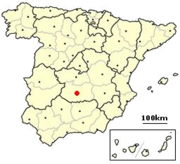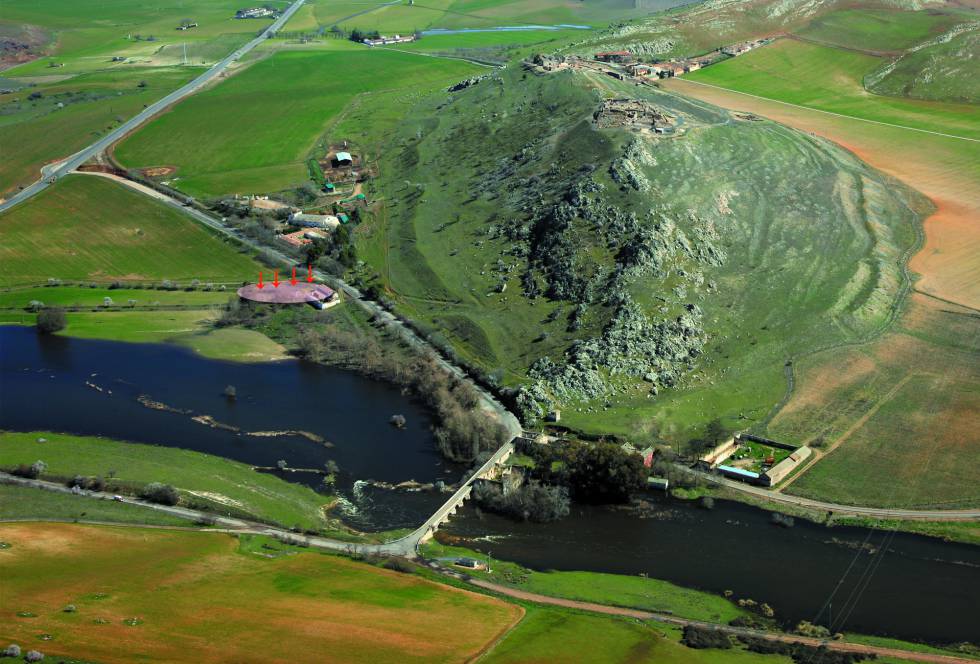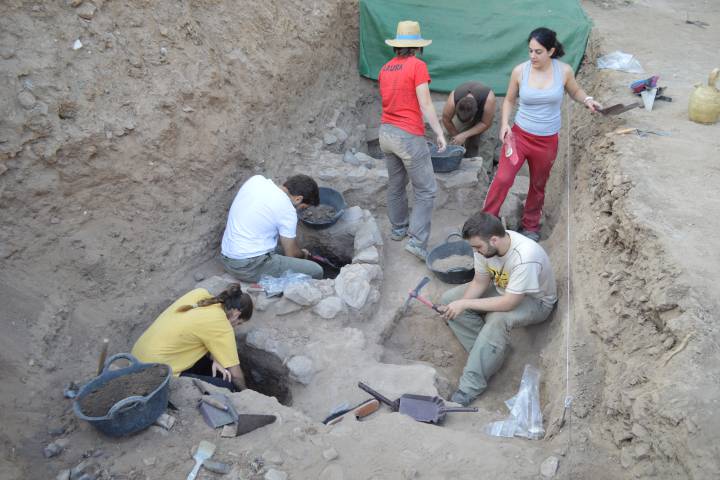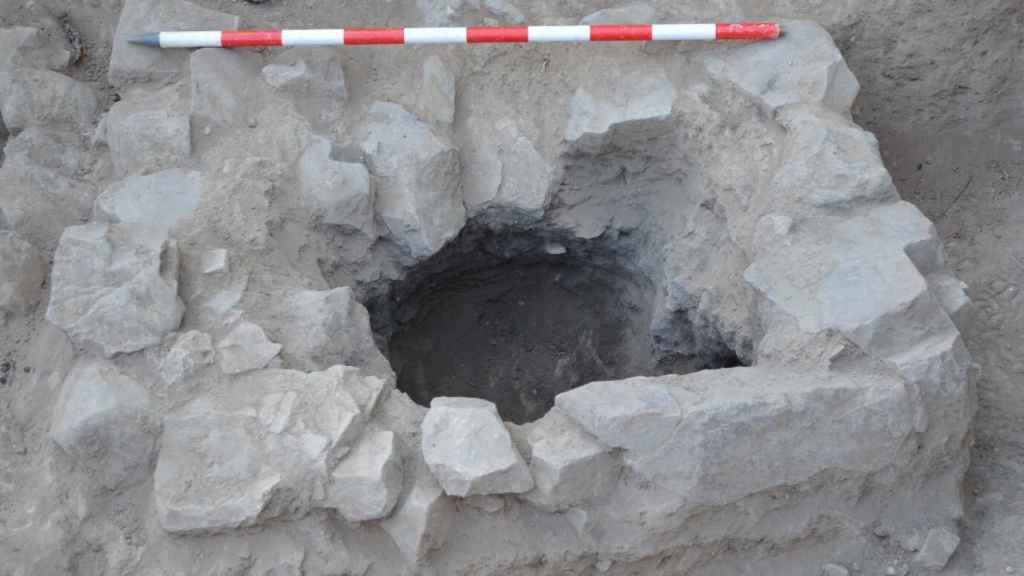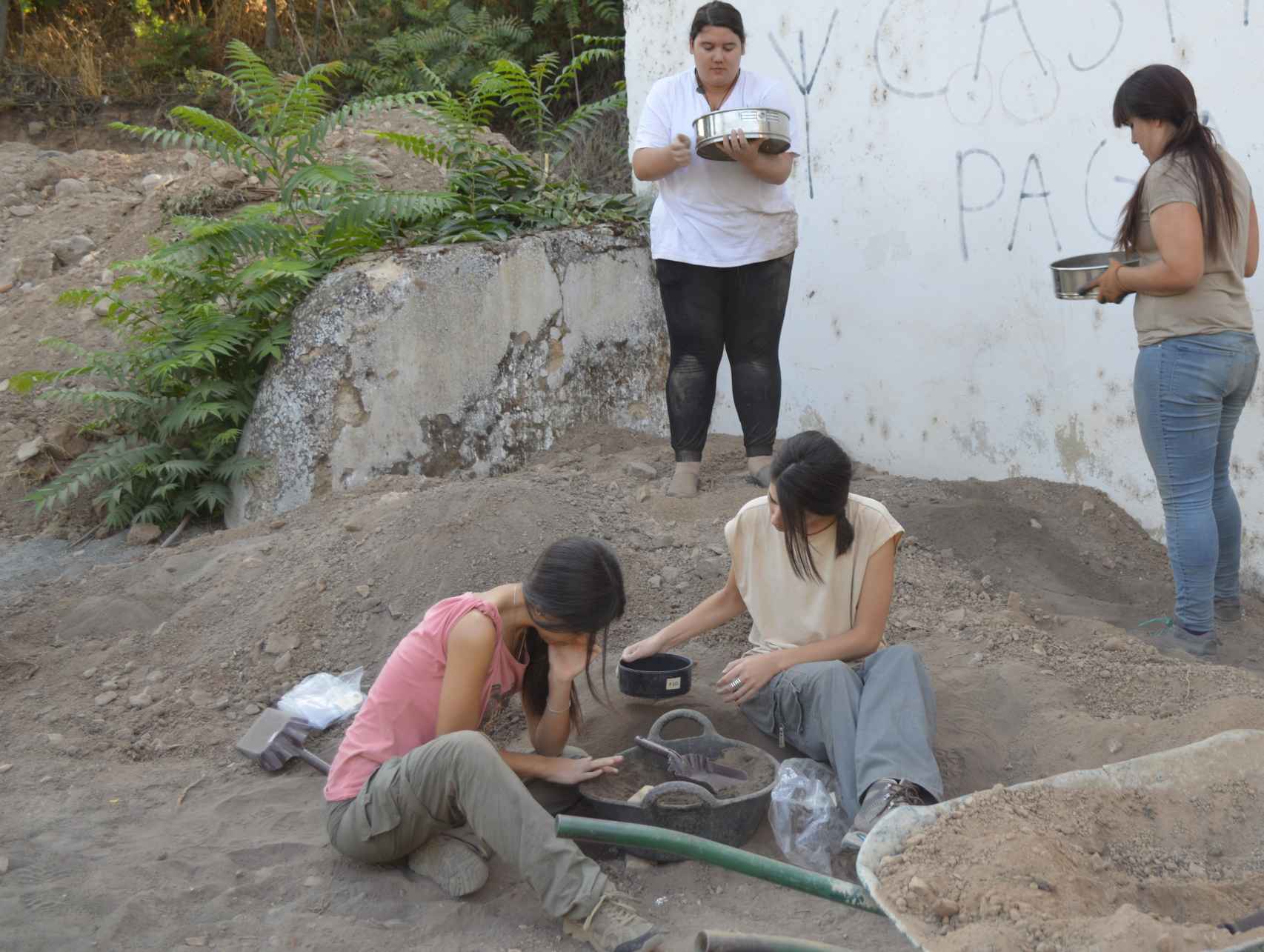Montuno
...como el Son...
La Nuba: Poetic-musical splendor of Al-Andalus
WEDNESDAY, FEBRUARY 2, 2022
Poetic-musical splendor of Al-Andalus « MusicaAntigua.com
La Nuba: Poetic-musical splendor of Al-Andalus

Nuba Al Istiḥlāl
It appears that the Spanish Anthem was based in music composed in the Islamic Hispania and that the Hispano-muslim musician and philosopher Abû Bakr Muḥammad...
“The Islamic culture that lived for more than seven centuries and left a great influence on the Iberian Peninsula, from the year 711 when the Arab presence began, until a century after 1492, the end of the last Nasrid kingdom of Granada.
Al-Andalus was the western frontier of Islam for centuries, which gave it a privileged place in the legends and myths of the relationship between Islam and medieval Christianity.
At the height of the Caliphate of Córdoba and the Taifa kingdoms, there was a great cultural influence both in Christian Spain and in France and Italy, through Muslim and Jewish musicians.
The poetic-musical flowering of Al-Andalus reaches its peak in the form of Nuba (Nawba).
Its creator was Ziryab, the most celebrated musician in the Arab West.
His name comes to mean "blackbird", a nickname that was given to him because of his dark color and the sweetness of his voice.
At the Baghdad court of Harum al-Rasid (786 – 809), he won favor with the caliph for his talent and virtuosity playing the lute.
His jealous teacher Al Musuli forced him to leave Persia, eventually settling after many adventures in the Córdoba of Abd al Rahman II (822 – 825).
There he founded a musical school creating the lute, which was later implanted both in Christian Spain and in North Africa, and forming the primitive structure of the Nuba (Nawba).
Nawba means "turn", music performed for a man in the form of a necklace, in which each bead is a song of a different size and shape. Thus, each Nawba is a group of songs that are linked to each other, in movements according to a rhythmic-metric structure, and that have the same 'color', which is their musical modality.
The number of songs is variable, being organized for each musical session. The measures or rhythmic movements are originally four: Basît, Qaym wa Nusf, Bitâyhî and Qudâmm.
The names of the Nuba correspond to the basic musical mode on which they are composed. These modes have a musical role, another psycho-somatic attributing influence on moods, and another cosmogonic being conducive to being performed at certain times of the day.
In the 13th century, with the conquest of Córdoba and Seville by Fernando III, king of Castilla y León; and that of Valencia by Jaime I of Aragon, began the emigration of Hispanic-Arabs to Granada and to different cities in North Africa.
This progressive exodus in the Christian reconquest, disrupted the musical schools of Al-Andalus, settling again according to the following scheme: Seville in Tunisia and Libya, Córdoba and Granada in Algeria (Oran, Algiers, …), and Valencia and Granada in Morocco (Fez, Tetouan, etc.).
While in their new settlements, these schools are enriched by becoming cultured music halls, or religious brotherhoods; in Christian Spain it continues to evolve, acquiring a popular character mixed with tradition”.- (Eduardo Paniagua)
ANDALUSI MUSIC – NUBA GARÎBAT AL-HUSEYN [QUDÂMM]- Moroccan tradition.
- Sugl “They reproached me for your love”
- Moaxaja “While I hid love”
Video:
Interpreter: CALAMUS.
Images: Mosque-Cathedral of Córdoba (Andalusia – Spain).
LYRICS: (Translation)
Sugl ["I was reproached for your love"]
I was reproached for your love this and that,
you of wonderful beauty, sun and moon.
My beloved, do not look for me because of my situation,
my state satisfies you in privacy and before people.
Moaxaja ["While I hid love"]
While I hid love,
today what I hid has been revealed.
I feel like my little heart was burned
and I've lost my mind.
Cry burning with passion:
My beloved! I consume myself
I have no choice in love,
no comfort in my censor.
See how pale I have become,
and it is not what I say
as seeing it with your own eyes.
The Nuba GARÎBAT AL-HUSEYN of the Moroccan tradition, contains 64 songs.
Its main themes are love, the pain of abandonment and wine, leaving open a certain mystical-Sufi understanding as a key to interpretation.
According to the Al-Haik manuscript, a compilation made around the year 1800 of the songs of eleven Nawbas, the mode of this Nuba was composed by a slave owned by the sultan who invented the al-Huseyn mode, called al-Gariba (the foreign ), for being away from his family and his country.
The sultan was in love with her, and therefore the mode was called Garîbat al-Husayn.
The manuscript also says that it is to be played at the waking dawn, and that its melody and tone leave imprints of sweetness and compassion on the listeners' hearts, and let tears run in their eyes.
Another video:
ON A WONDERFUL NIGHT (Moaxaja) – NUBA GARÎBAT AL-HUSEYN [Bitâyhî].
Interpreter: CALAMUS.
LYRICS: (Translation)
On a wonderful night,
how pleasant!,
the spy was absent,
God grant that he does not return!
It is a full moon that has awakened my passion.
A passionate love ends
for a finished lover.
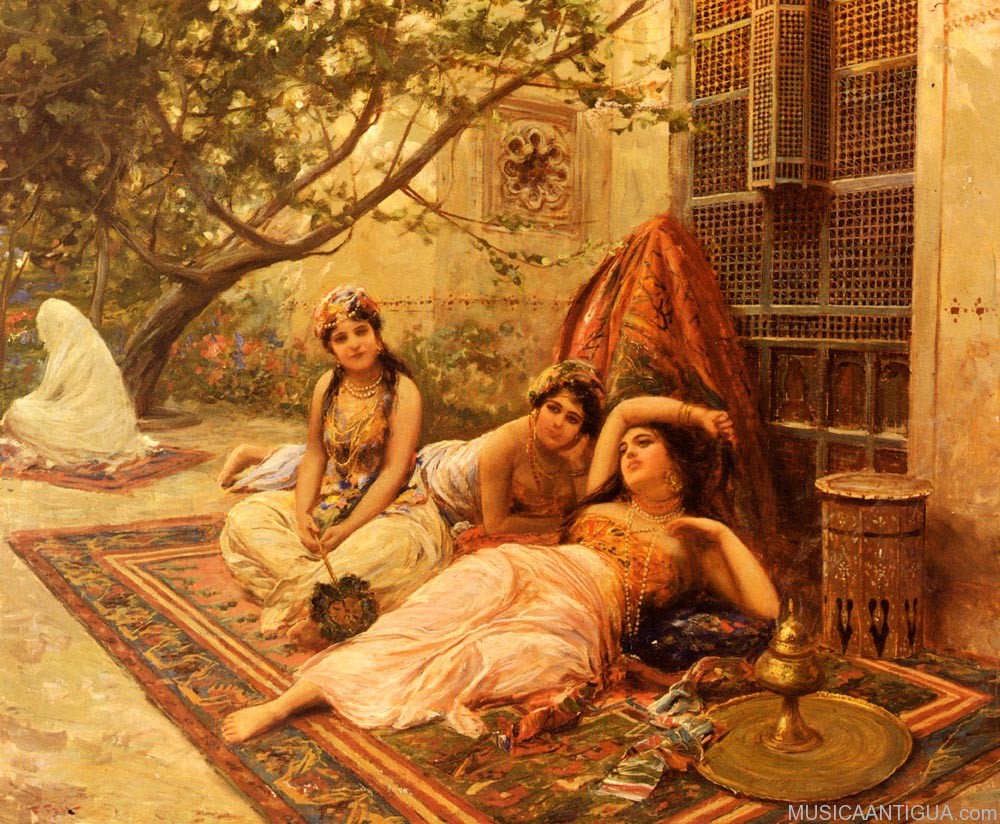
La Nuba: Esplendor poético-musical de Al-Ándalus - MusicaAntigua.com
La música andalusí (también llamada arábigo-andaluza), es un estilo de música árabe, que se dió en Al-Ándalus entre los siglos IX y XV. En la actualidad se da en el norte de África. "La cultura islámica que vivió más de siete siglos y dejó un gran influjo en la península ibérica, desde el año 711
 www.musicaantigua.com
www.musicaantigua.com
.
.
.
Last edited:







